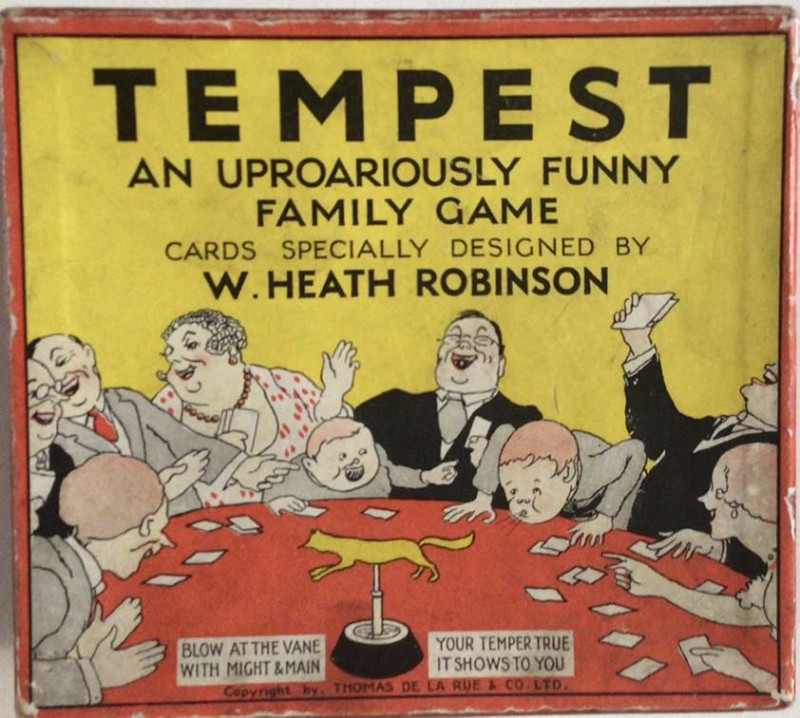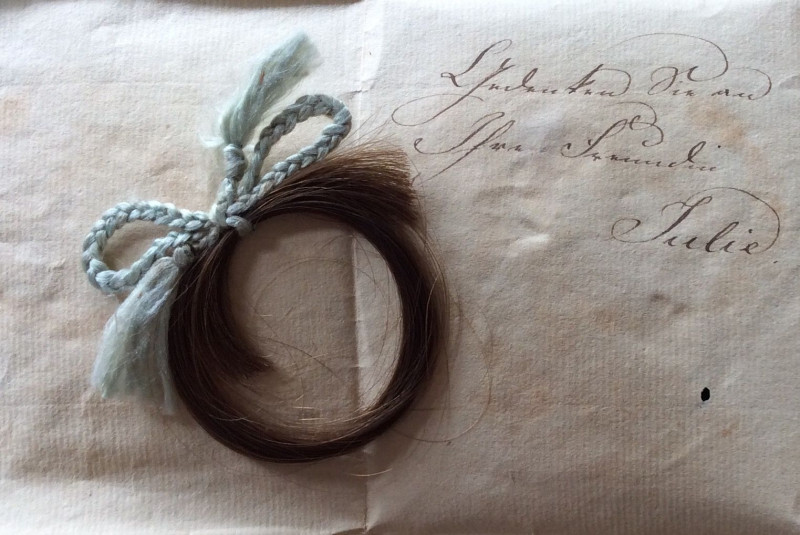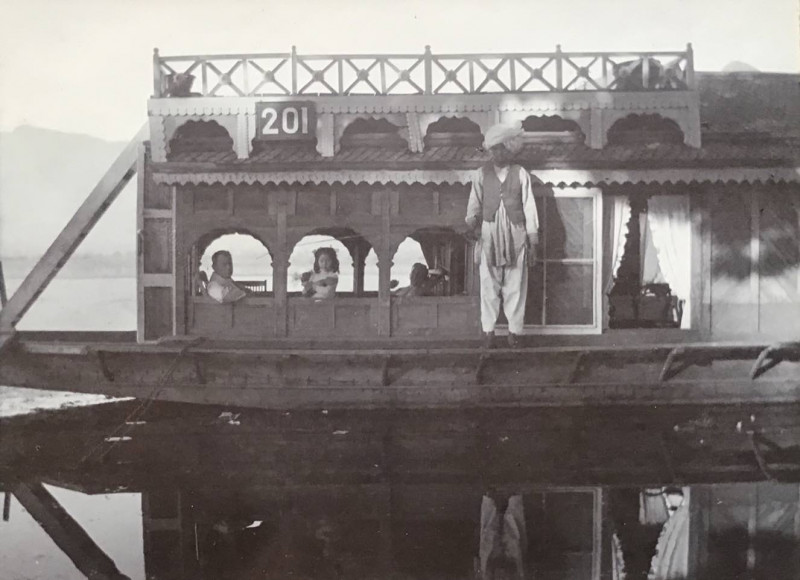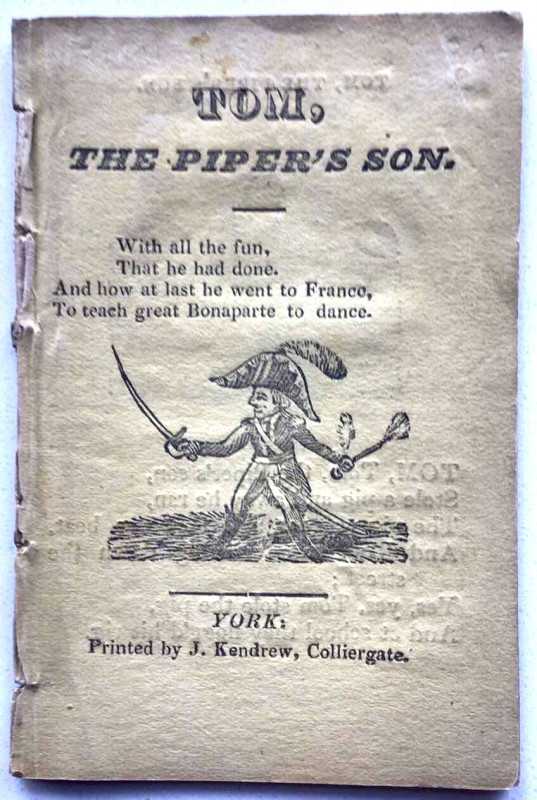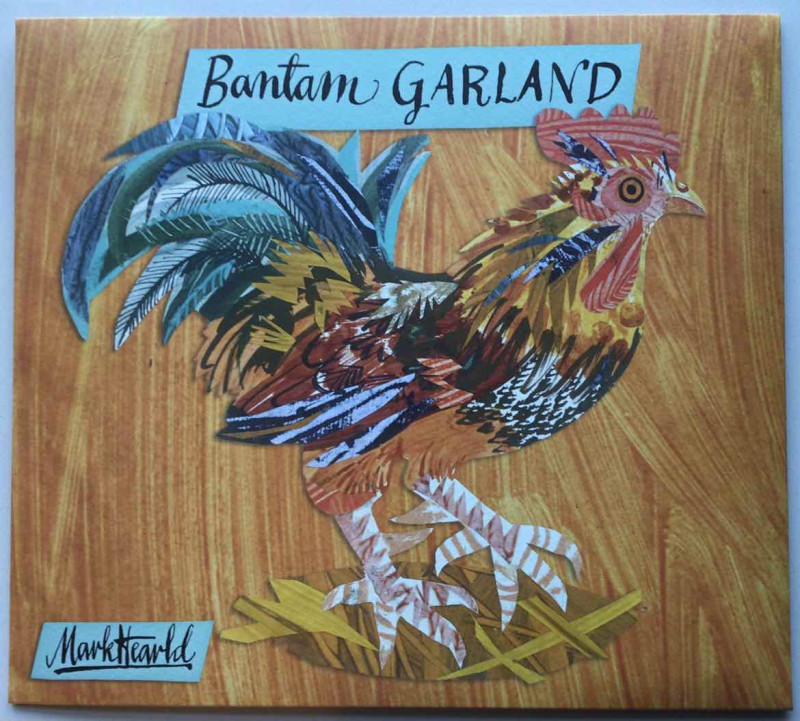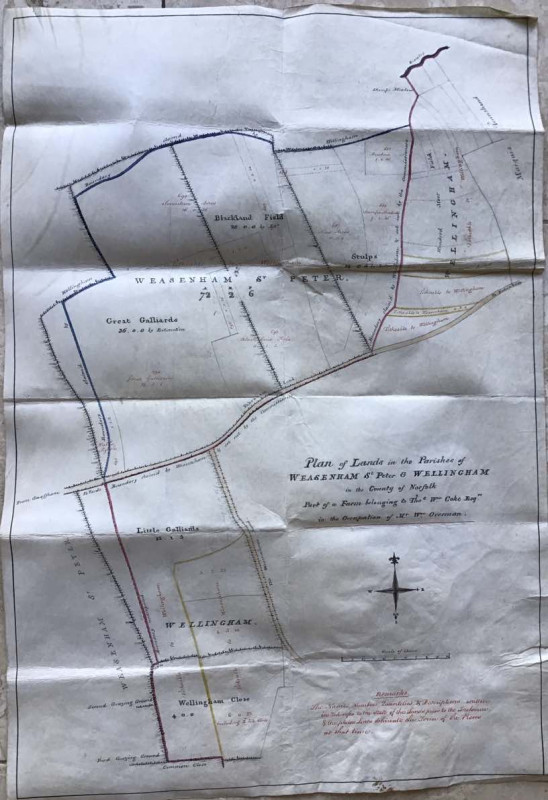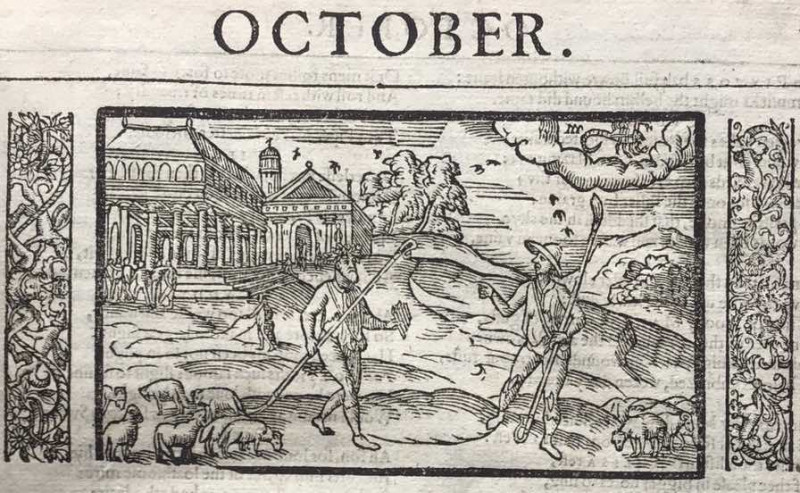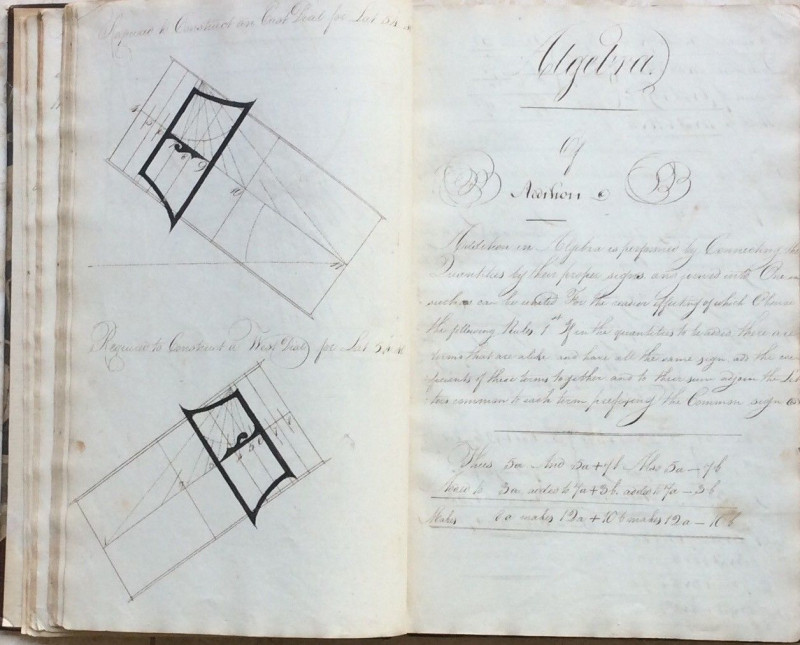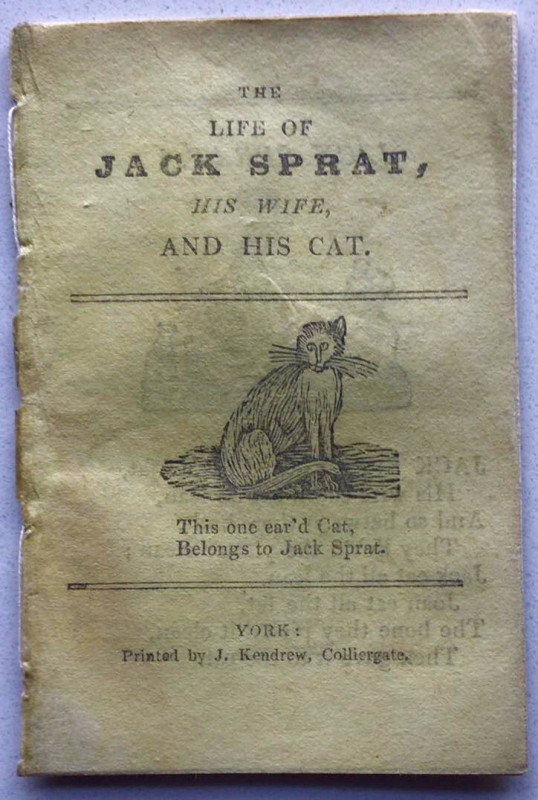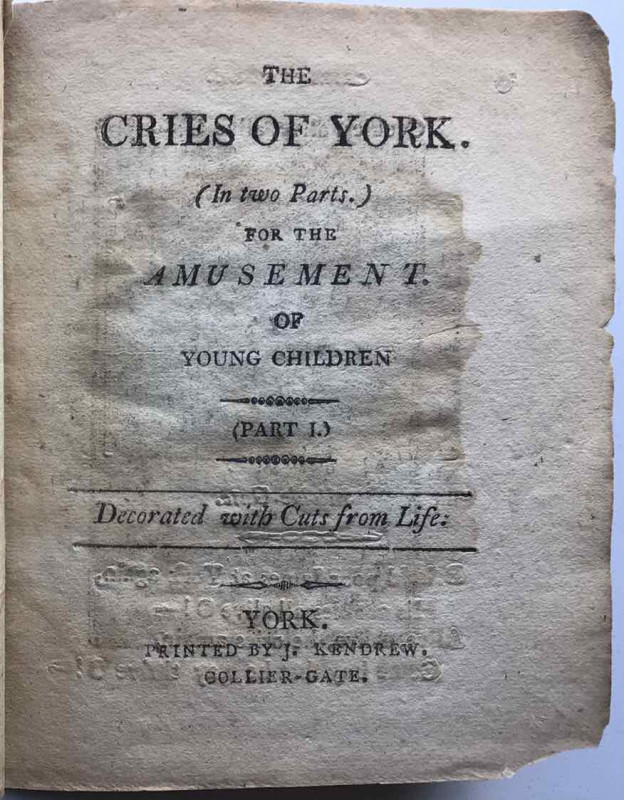MANUSCRIPT PLAN OF TOTTENHAM MILLS CIRCA 1836
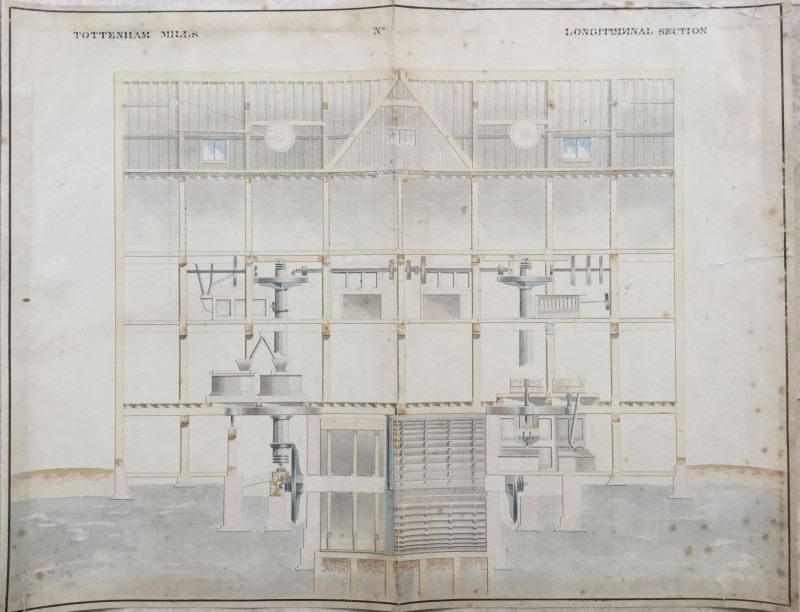

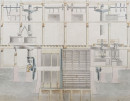

Book Description
Tottenham Mills LONGITUDINAL SECTION of the mill showing all the machinery. Very fine architectural/engineering drawing ink and and blue, grey, pink and buff wash. On paper size approx 24" x 32". Titled as above along the top. The plan shows the roof structure,the wall in the background with gable, small windows with sky and clouds behind, a complex system of pulleys, hoppers and wheels and water mill wheel.There is a 3" repaired tear from right edge, not affecting drawing which completely fills the paper. The drawing is undated but the paper is watermarked 'J. Edmunds Wycomb 1833' giving an approximate date for the work. Some minor edge tears, foxing and toning over the whole manuscript, but not detracting too much from the overall decorative effect in our opinion.
An engraving from Woods History of London of 1837 shows a tall building on the banks of the river - the back wall shown in this print, with the one gable and the windows, seems to correspond to the building in the picture. 'The History and Antiquities of the Parish of Tottenham' says “ the year 1836 Mr Cook sold the freehold of this property to the New River Company for a very considerable sum of money” which might have given the reason for the plans to have been drawn up.
The history of Mills at Tottenham is interesting. [See citation below] In the mid C17 a flour mill changed use to a gunpowder mill, “ but a paper-mill alone seems to have existed from c. 1680; it was insured in 1735 by Israel Johannot, one of a well-known family of French paper-makers, and in 1757 and 1761 by Thomas Cooke, perhaps the man who was rewarded by the Royal Society of Arts for making paper with copper plates. In 1770 it was let to Edward Wyburd, who converted it into a corn-mill, which was burned down in 1788. Corn- and oil-mills, on opposite sides of the road, were at once erected and were sold to John Cook soon after the general auction of the Townsend estates. In the 1790s the corn-mill itself was said to pay for the rent, enabling Wyburd to sublet the oil business. In 1824 there was a coal-wharf at the mills, which were occupied by Messrs. Curtoys and Mathew as successors to Charles Pratt, who had bought Wyburd's interest. The freehold was bought from Cook by the New River Co. in 1836, when we suspect that this plan was created. The mills, having been badly damaged by flooding in 1817, were not rebuilt after a fire c.1860, [flour mills were highly susceptible to fire] although their ruins survived in 1920.”
Citation : excerpted from
A P Baggs, Diane K Bolton, Eileen P Scarff and G C Tyack, 'Tottenham: Economic history', in A History of the County of Middlesex: Volume 5, Hendon, Kingsbury, Great Stanmore, Little Stanmore, Edmonton Enfield, Monken Hadley, South Mimms, Tottenham, ed. T F T Baker and R B Pugh (London, 1976), pp. 333-339. British History Online http://www.british-history.ac.uk/vch/middx/vol5/pp333-339 [accessed 26 June 2018].
Author
Anon
Date
1836
Friends of the PBFA
For £10 get free entry to our fairs, updates from the PBFA and more.
Please email info@pbfa.org for more information


